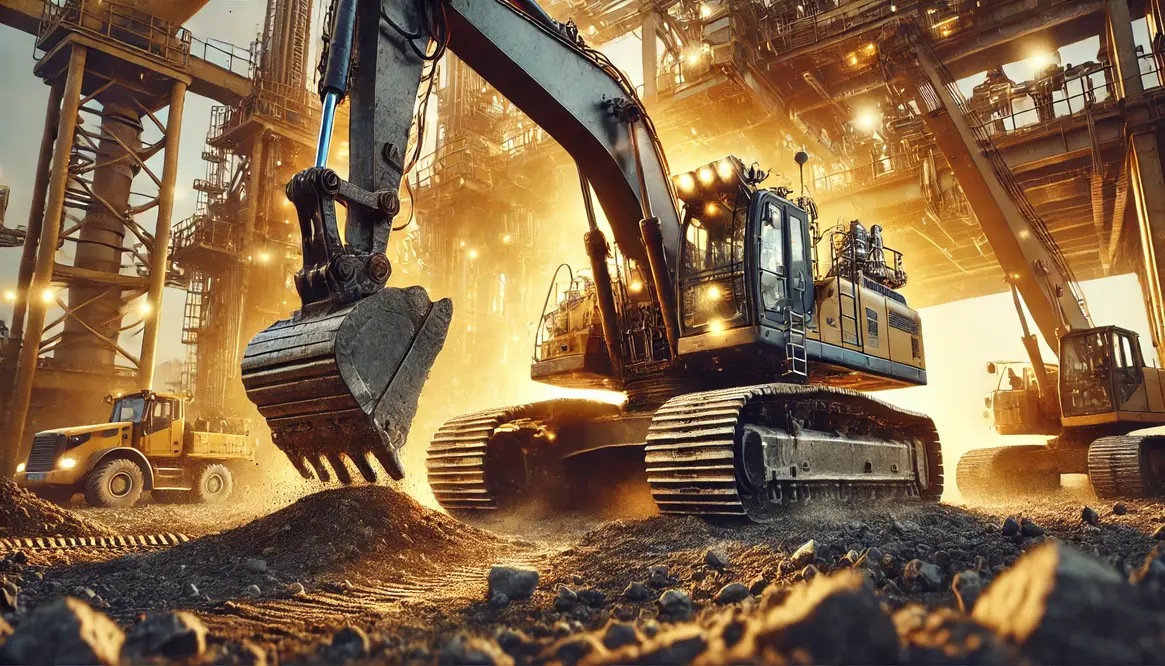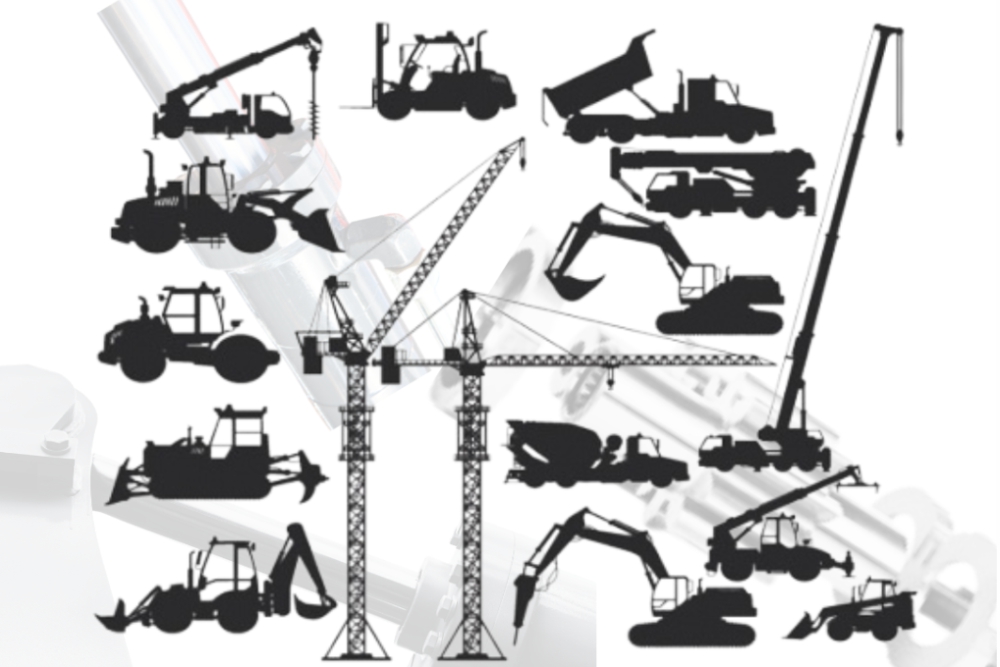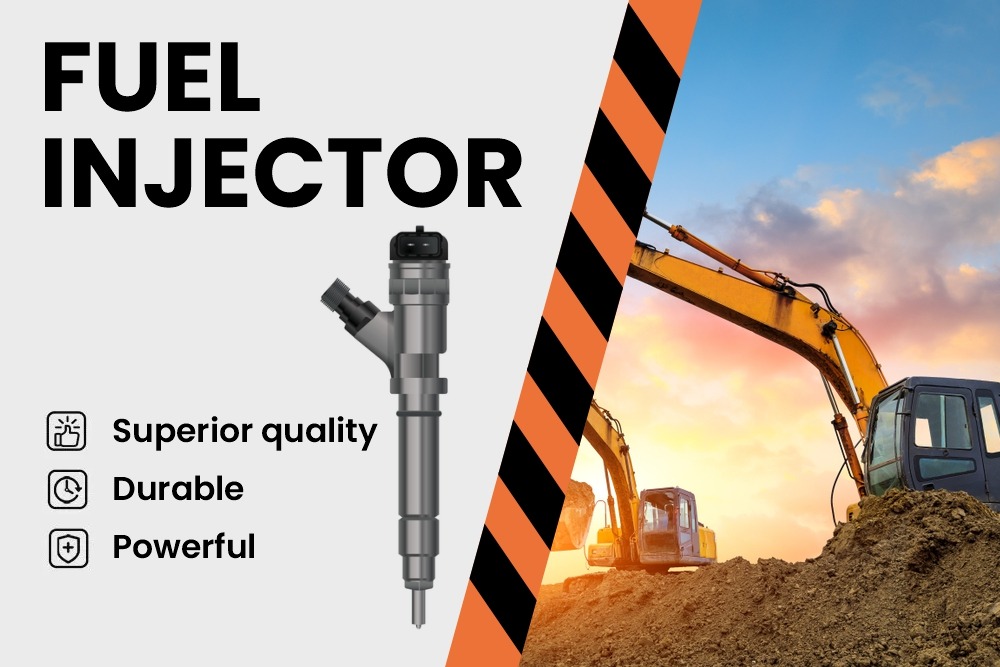Did you know some excavators can lift more than 85 tonnes in one scoop? That’s as heavy as 600 cars. These behemoth machines are the ones that build the buildings and mine the minerals that make the other processes of life—from construction to extraction— easier and faster. But excavators can fail, leading to expensive delays, without strong and wear-resistant components.
In this blog, we are going to discuss why excavator equipment parts are crucial for seamless working. We’ll be talking about how excavator maintenance prolongs equipment life and how proper construction machinery parts boost productivity. Selecting the right parts can enhance performance and reduce costs, no matter whether you are in mining or construction.
Do you want to know which parts to monitor and how to maintain the optimal performance of your excavator? Continue reading to find out.
Boost Excavator Performance with High-Quality Parts!
Every single day many excavators work under horrific conditions. They dig in, lift, and break through rigid layers. Once the parts wear out or break down, the machine becomes inoperative, resulting in delays and huge repair costs. Excavators require regular maintenance for this reason. Using quality parts ensures the safety and smooth operation of the machine.
- Stronger parts last longer—good-quality parts mean less wear and tear, so your excavator works better for longer.
- Less downtime, more work—better-maintained machines run longer before breaking down.
- Better Performance – Strong parts increase power and speed; it is easier to dig and lift.
- Saves Money — Fewer breakdowns mean less money spent on repairs and new parts.
Choosing the right parts for your excavator keeps it running at its best, allowing you to get jobs done on time and prevent large expenses down the line.
Critical Excavator Parts and Their Functions
Excavators are heavy equipment that excavates, raises, and transports material. To ensure that all systems continue to function seamlessly, each part needs to perform its job. The key components of construction machinery parts are the engine, hydraulic system, undercarriage, and bucket. The hydraulic system acts to move the arm and bucket, and the engine provides power. The undercarriage allows movement and the bucket for digging. If any of these parts wears down, the excavator won’t work smoothly.
Gradually, wear-resistant components are damaged after long-term use. The edges of the bucket dull, hydraulic hoses can become leaky, and tracks in the undercarriage can snap. Lack of excavator maintenance can result in costly repairs and machine breakdowns. However, regular check-ups and the use of quality replacement parts can often prevent these issues. Infrastructure stability is maintained by using durable construction machinery parts that allow the excavator to work longer without failure and costly breakdowns.
High-Quality Excavator Equipment Parts for Maximum Performance
Excavators serve as the foundation of any construction or mining project. These heavy-duty machines function in harsh conditions every day. Excavator equipment parts are necessary to ensure their smooth functionality. We maintain an extensive inventory of parts, including hydraulic pumps, filters, undercarriage, engine, and wear parts. These prevent expensive repairs and extend machine life. A properly maintained excavator enhances work productivity and ensures timely project delivery.
Our parts are sourced from reputable manufacturers, and we only supply quality parts with strict quality control. Our machine parts are ruggedised to prevent unplanned failures due to heavy-duty work. The use of wear-resistant parts enhances excavator performance and minimises replacement frequency. Durable, sturdy components maintain smooth, efficient operations.
Here are some key advantages of our using equipment parts:
- The Importance of Genuine Parts—Original parts minimise possible breakdowns and extend machine life.
- Advanced Materials – Durable excavator parts enhance the performance of steel and alloys.
- Fuel Efficiency – Good, maintained parts let the excavators use low fuel and operate easily.
- Safety Benefits – You can trust your machine to run smoothly and prevent accidents at the workplace.
- Weather Resistance – Excavator parts are meant to stand up to severe heat, cold, and a substantial workload.
- Global Availability — We ship internationally and quickly to avoid downtime.
Best practices for extending the lifespan of excavator components
Good excavator maintenance not only helps construction machinery perform better but also increases its longevity. If not maintained properly, these parts wear out rapidly, causing expensive repairs and machine downtime.
- Genuine Parts – When replacing worn-down components, always use high-quality, manufacturer-approved replacement parts.
- Maintain the underbody clean — regularly wash away dirt, mud, and debris to avoid overuse.
- Use Proper Operating Techniques – Minimise shock loads and high loads on critical components by avoiding sudden movements.
- Store Equipment Appropriately – Position excavators in a sheltered location so they’re protected during extreme weather.
- Inspect hydraulic systems ; leaky hoses, seals, or connections can create performance problems.
- Monitor wear components—track when buckets, teeth, and cutting edges need replacement.
- Check Electrical Connections — Ensure you check devices, batteries, wiring, and switches are in good condition to prevent failure.
- Schedule professional maintenance—have a professional check and service the machine to find issues before they become serious and to extend its life as much as possible.
Top preventive maintenance strategies for reducing downtime
- Perform daily inspections—review fluid levels, hoses, tracks, and attachments before working to identify problems early on.
- Stick to a lubrication plan—regularly grease moving components to minimise friction and wear.
- Change Filters Periodically: To keep the engine and hydraulics operating smoothly, replace the oil, air, and fuel filters in accordance with the documentation.
- Monitor Fluid Levels — Check your engine oil, coolant, and hydraulic fluids to make sure they are at the appropriate levels to avoid overheating and damage.
- Tighten Loose Bolts and Fittings – Check for and tighten any loose bolts, nuts and fittings on a regular basis to reduce loose parts from falling off.
- Rotate attachments—where possible, change buckets and other tools regularly to ensure even wear and extended life.
- Keep the cooling system clean — dust and debris accumulate in the radiators and cooling fans, causing them to heat up.
- Operators — train machine operators on proper handling techniques to minimise unnecessary stress on components.
Conclusion
Breakdowns are yet another expense, and you can hardly afford to have your excavator breaking down on an important job. Your work halts, you miss deadlines, and your losses escalate. All these issues arise due to the use of subpar or inexpensive components. Why take such a risk?
Mantra Enterprise LLC offers excavator equipment parts that help keep your machines strong and reliable. Our wear-resistant parts contribute to minimising breakdowns, avoiding expensive repairs, and ensuring gradual operations. You can trust our construction machinery parts for long-lasting performance. You don’t have to wait for a breakdown to occur. Choose us today and keep your excavators up and running without worries.






